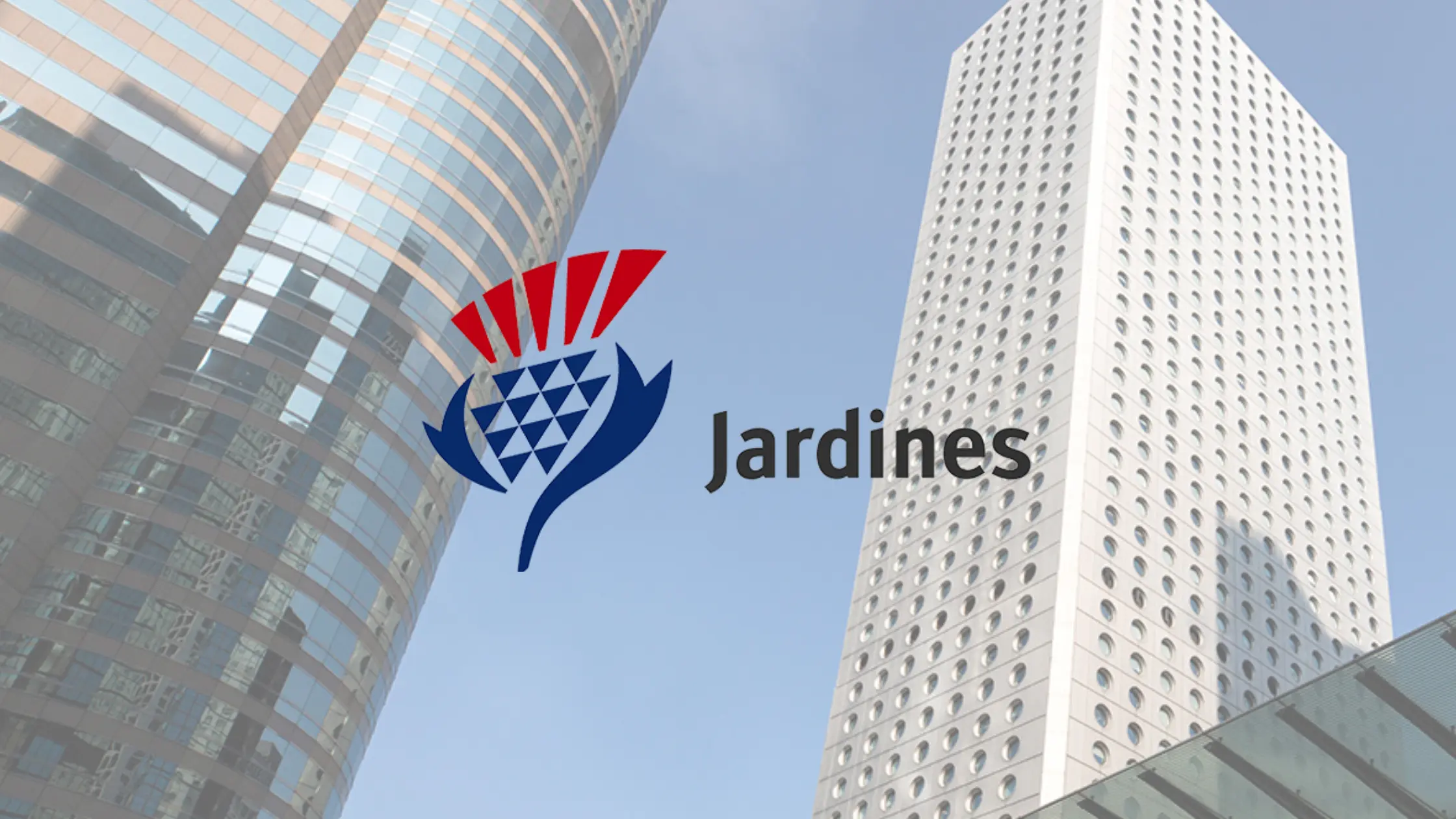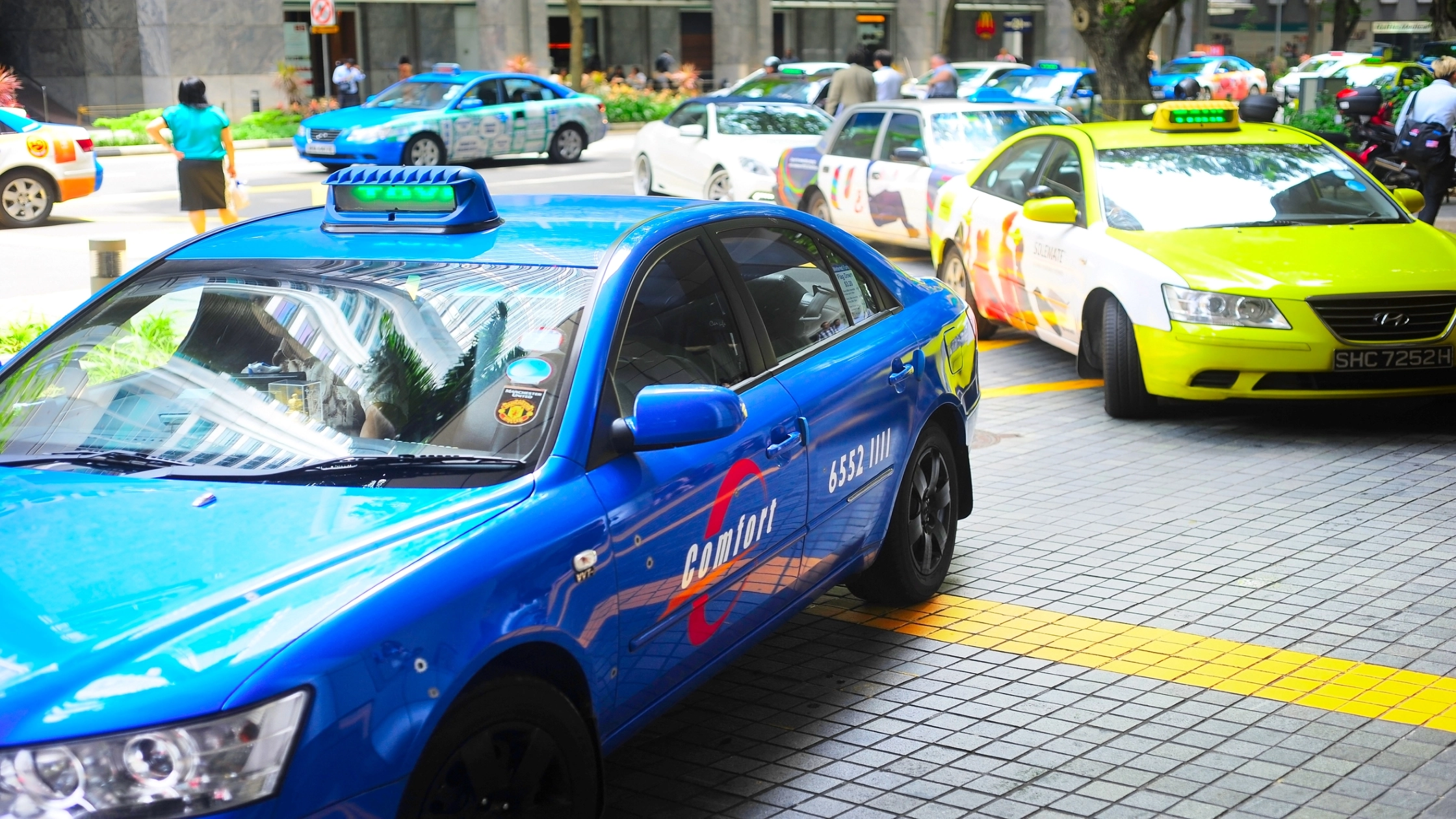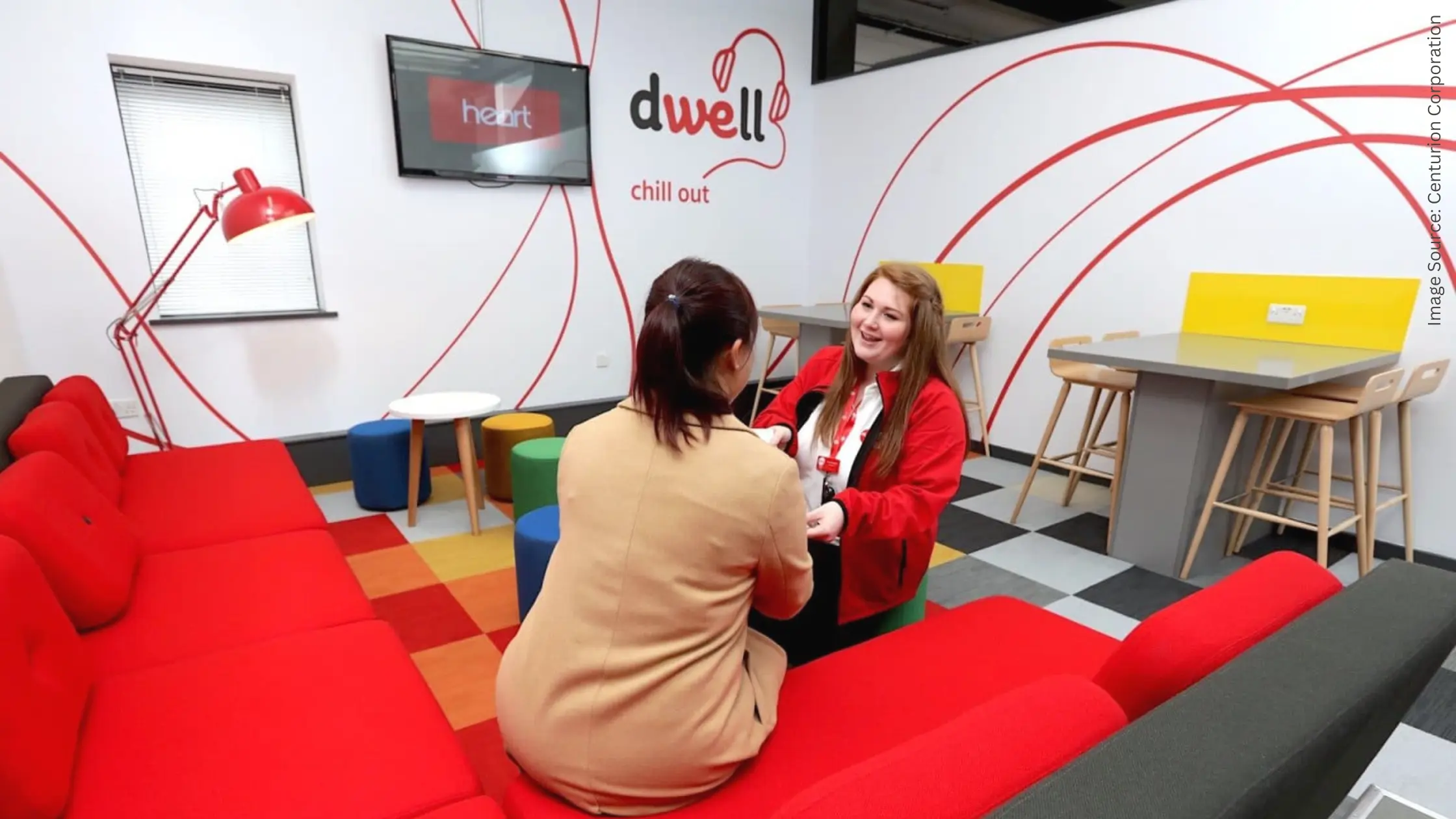NIO’s Q3 2022 Earnings: What Do Investors Need to Know?
November 16, 2022
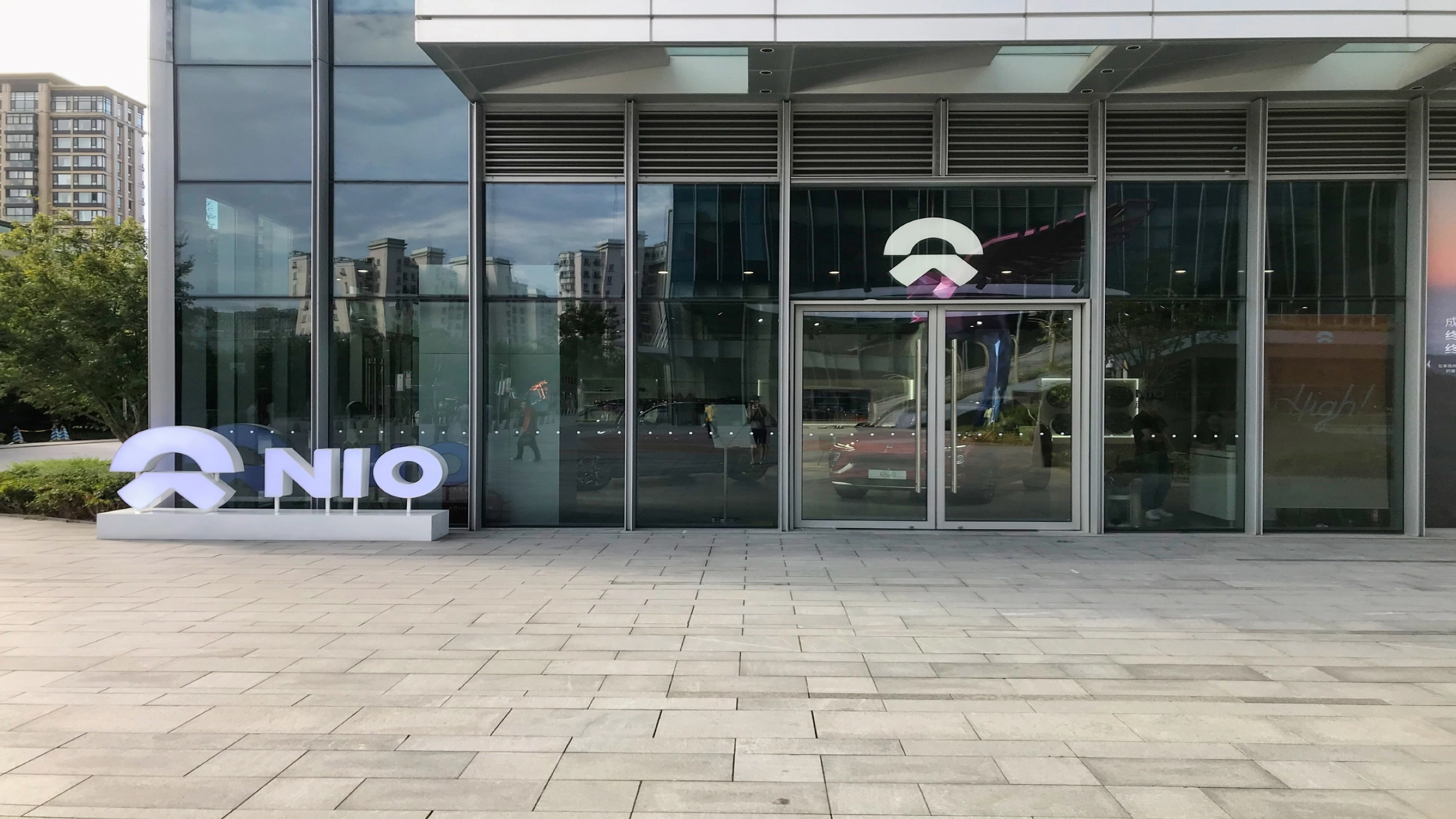
A pioneer, and a leading company in the premium smart electric vehicle (EV) market, NIO Inc (NYSE: NIO) (SEHK: 9866) (SGX: NIO) saw its share price rise after the announcement of its Q3 FY2022 earnings.
This was despite the mixed financial performance during the quarter.
Of course, the rally in the share price could have more to do with the optimistic market sentiment following the weaker-than-expected inflation number in the US and signs of China easing its COVID restrictions.
Nonetheless, let’s look at some of the highlights from NIO’s Q3 earnings.
1. Growth momentum continues
This is perhaps the better news of the quarter as growth momentum continued in Q3 FY2022.
NIO delivered 31,607 cars during the quarter, which represents an increase of 29.3% as compared to a year ago.
This was also an increase of 26.1% from the previous quarter.
It’s the first big jump that we have seen since vehicle deliveries have been relatively flat over the previous four quarters.
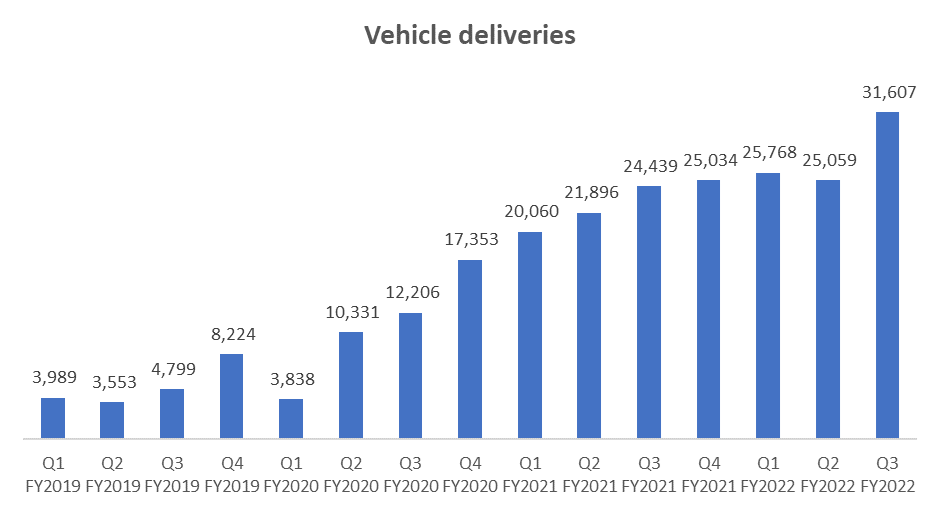 Source: ProsperUs, NIO
Source: ProsperUs, NIO
Aside from the strong vehicle deliveries, NIO also reported an increase in vehicle sales and total revenue.
Total revenue was up by 32.6% year-on-year (yoy) to RMB 13.0 billion (US$1.83 billion). It is also an increase of 26.3% from Q2 FY2022.
Meanwhile, vehicle sales jumped 38.2% yoy to RMB 11.9 billion. It is also an increase of 24.7% from the previous quarter.
The increase in vehicle sales over Q3 FY2022 and Q2 FY2022 was mainly due to higher deliveries as well as a result of offering a more diversified product mix.
2. Deteriorating margin puts profitability path at risk
Gross margin in Q3 FY2022 was 13.3%, a decline from 20.3% and 13.0% in Q3 FY2021 and Q2 FY2022, respectively.
The decrease in gross margin was mainly due to the lower revenue from sales of automotive regulatory credits with high sales margin, lower vehicle margin, and a reduction in other sales margins, resulting from the expanded investment in NIO’s power and service network.
The increase in gross margin in the previous quarter was mainly attributed to the sales of automotive regulatory credits with high sales margins. This is in line with the increase in the cost of sales.
In Q3 FY2022, cost of sales increased by 44.2% yoy and 25.9% qoq to RMB 11.3 billion.
This was mainly driven by the increase of delivery volume and higher battery cost per vehicle.
3. Losses widened
Operational loss in Q3 FY2022 increased by 290.2% yoy to RMB 3.87 billion. It also represented an increase of 36.0% from the previous quarter.
Similarly, net losses widened by 392.1% yoy to RMB 4.11 billion in Q3 FY2022. It was also an increase of 49.1% from Q2 FY2022.
4. NIO’s strong balance sheet to sustain the losses
NIO has a strong balance sheet to withstand the near-term challenges.
As of 30 September 2022, the balance of cash and cash equivalents, restricted cash, short-term investments, and long-term time deposits stood at RMB 51.4 billion.
This also allows NIO to continue to expand its business into Europe and continue with its research & development (R&D) expenditure.
5. Strong management guidance for Q4 2022
NIO management also provided strong guidance for the upcoming quarter.
For Q4 FY2022, deliveries of vehicles is expected to see an increase in the 71.8% to 91.7% range, or between 43,000 and 48,000 vehicles, as compared to a year ago.
Revenue is also expected to jump by the range of 75.4% to 94.2% yoy during Q4 FY2022 to a range of RMB 17.4 billion and RMB 19.2 billion.
NIO expansion into Europe market will keep growth momentum
In October, NIO delivered 10,059 vehicles, an increase of 174.3% yoy.
What is even more exciting is the unveiling of NIO’s products and services for Germany, the Netherlands, Denmark, and Sweden, at the NIO Berlin 2022 event.
Three new EV models based on NIO Technology 2.0, ET7, EL7 and ET5, are gradually being made available for order through NIO subscription, leasing programmes and direct sales to users.
I believe that the expansion into Europe will provide the platform for NIO to continue to grow.
However, shortages of supply and COVID-19 restrictions disruptions in China could affect production.
In terms of demand, NIO has managed to maintain interest in its new line-up of models.
Concerns for profitability remain and the market is expecting NIO to achieve profitability by FY2024.
Long-term investors, however, should look beyond the near-term challenges and focus on NIO’s strategy to win market share from conventional diesel-based vehicles.
Disclaimer: ProsperUs Investment Coach Billy Toh doesn’t own shares of any companies mentioned.

Billy Toh
Billy is deeply committed to making investment accessible and understandable to everyone, a principle that drives his engagement with the capital markets and his long-term investment strategies. He is currently the Head of Content & Investment Lead for Prosperus and a SGX Academy Trainer. His extensive experience spans roles as an economist at RHB Investment Bank, focusing on the Thailand and Philippines markets, and as a financial journalist at The Edge Malaysia. Additionally, his background includes valuable time spent in an asset management firm. Outside of finance, Billy enjoys meaningful conversations over coffee, keeps fit as a fitness enthusiast, and has a keen interest in technology.


